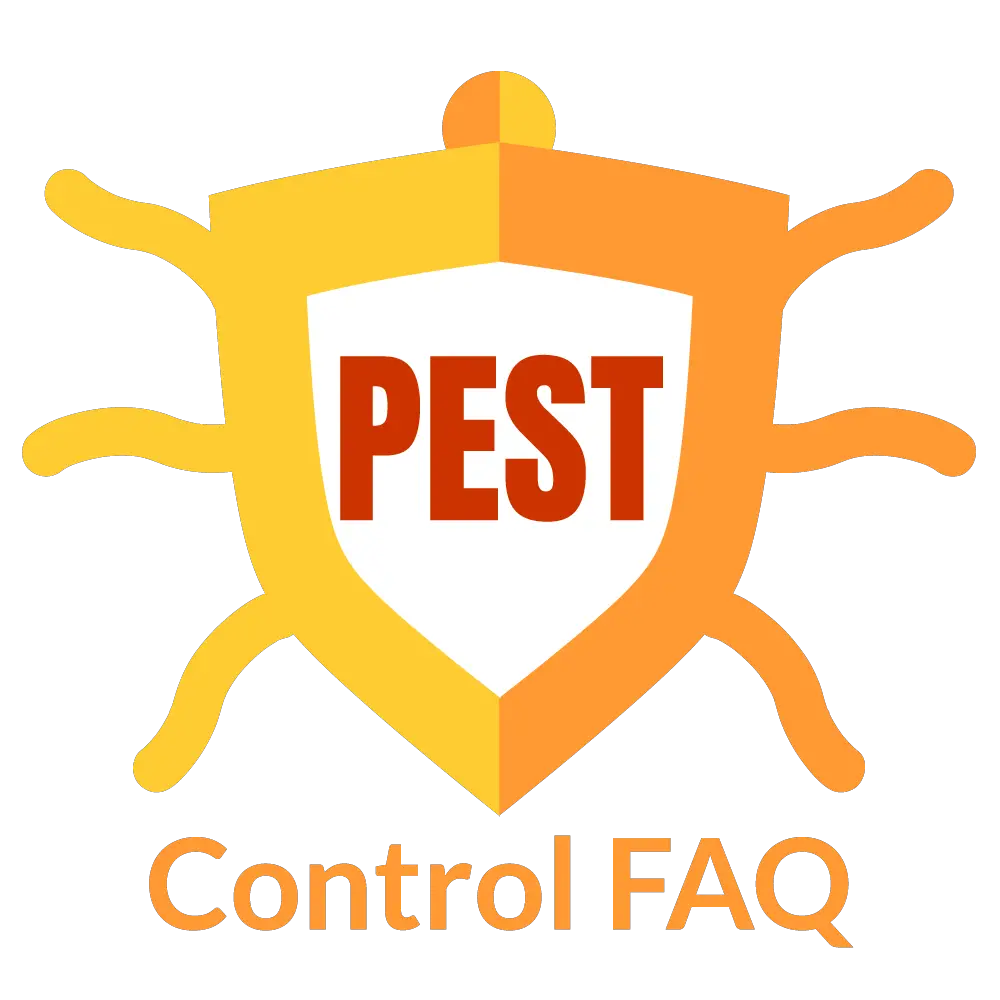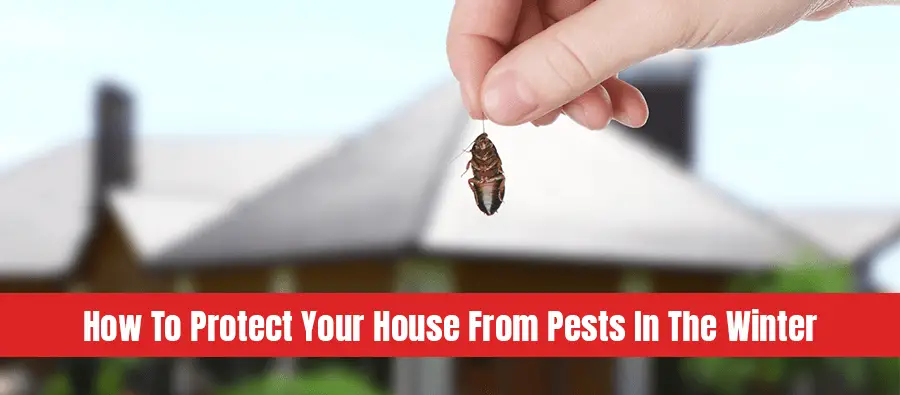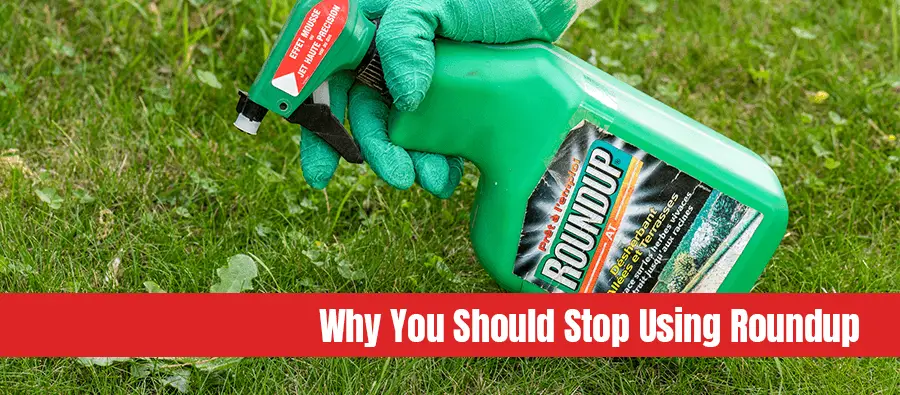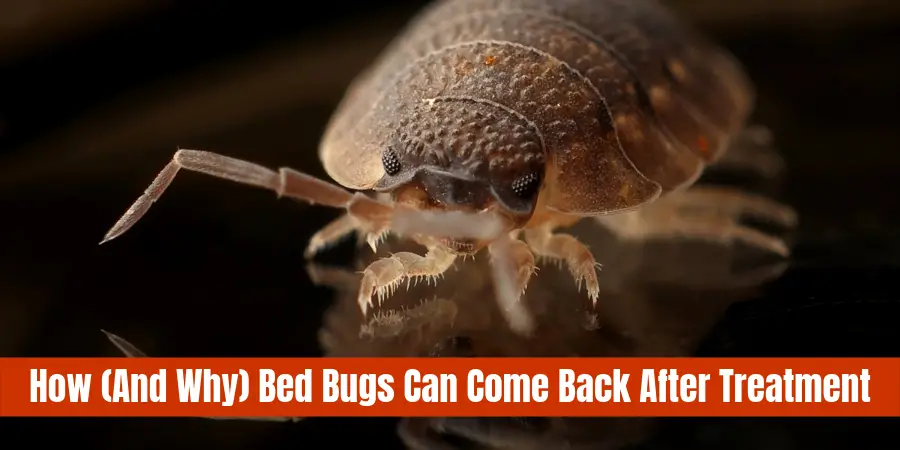While it may seem obvious to prepare for winter by programming your heating system and getting winter clothes out from storage, it’s less obvious to check for pests. Unfortunately, pests don’t necessarily go away in the winter. If you want to keep your home free from pests this winter, it’s important to take steps to protect your house first and prevent them from coming in.
Luckily, there are some really easy steps you can take to deal with pests in the winter. These include keeping tidy and sealing up cracks on the exterior and interior of your home. It’s also important to be mindful of your environment and pay attention to susceptible spots in your house such as the roof, screens, and gutters.
The number one strategy for preventing a pest infestation in your home is blocking access points and making the environment inhospitable to them. If you are looking for ways to keep your home pest-free this winter, read on!
Table of Contents
How do you know if you have a pest issue in the winter?
Pests are a nuisance to have in the home, even in small amounts. But it’s important to know when you’re dealing with a full-on infestation, at which point it might be necessary to call in the professionals.
When temperatures drop, most insects stop being active. However, they may already be present in your house, where the cold weather outside is less likely to affect their activity. Rodents, on the other hand, tend to pose more of an issue in the winter, when they seek warmth and shelter, such as your house.
To find out if you have a pest problem this winter, inspect insulation and wiring for gnaw marks. Keep an eye out for rodent feces, especially in cupboards or along walls. Other indicators of pest activity include spider webs, dead bugs, and piles of wood dust. If there is a lot of pest activity, it may be an indicator of an infestation.
How to protect your house from winter pests
Don’t let pests catch you off-guard this winter! Pests can enter your home through the tiniest holes. Even rodents can squeeze through very small openings that may be hard to spot. But here are some simple steps you can take to pest-proof both the exterior and interior of your home.
Pest-proofing the exterior of your home
To keep your home pest-free, you have to keep them out in the first place. In particular, rodents will be looking for any way to escape the cold temperatures outside. You can use the following strategies to pest-proof the exterior of your home.
Seal up cracks in the foundation and exterior of your house
One of the most obvious strategies for keeping out pests is by physically sealing up any visible cracks or holes on the exterior of your home. This means checking the foundation and walls for potential pest entry spots that you may have missed in the past or that developed only recently.
You can check for cracks by physically walking around your home and making a visual assessment of the exterior. Seal up even minor cracks using caulk and steel wool. Avoid using weak sealants which could crumble or degrade during the winter, leaving you unprotected.
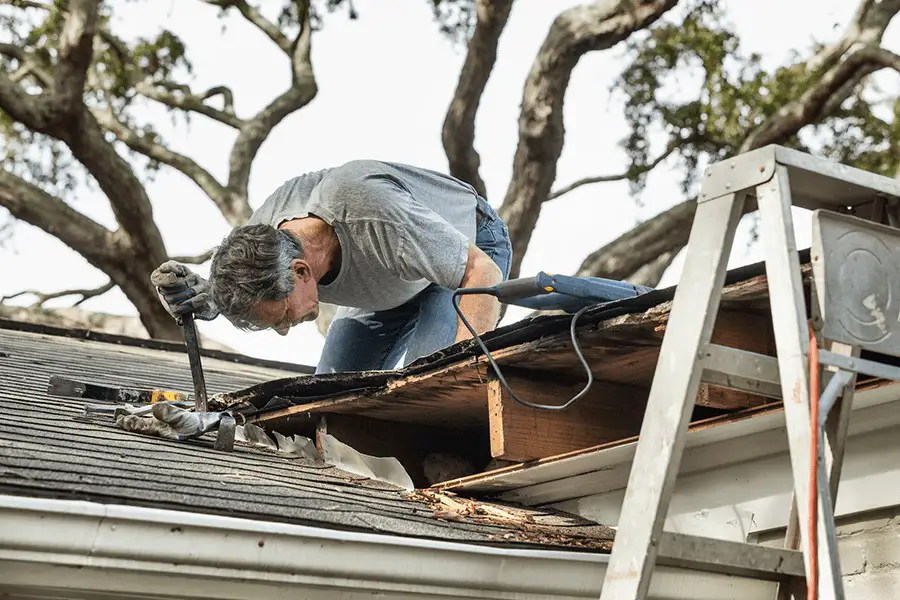
Inspect your roof
If your roof is not properly sealed, it could be an easy entry point for insects, rodents, and even birds. It’s important that you inspect your roof and replace or repair any missing shingles in order to prevent pests from getting into your house.
You’ll also want to protect your roof from potential seasonal damage which could create new entry points. In the winter, your roof might be exposed to snowfall and heavy rain which could dislodge loose or damaged shingles. If you have trees with low-hanging branches very close to your roof, it’s advisable to trim them to prevent damage that way as well.
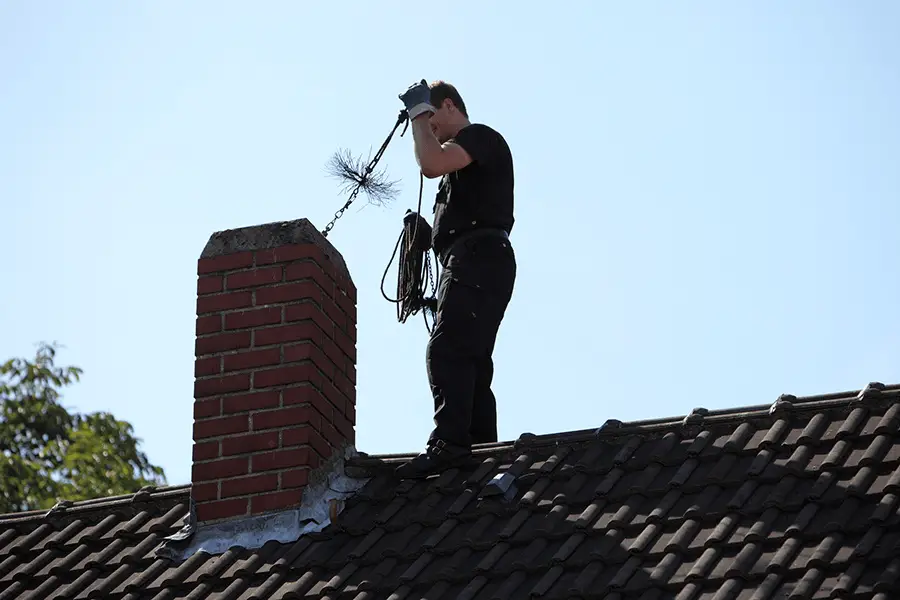
Check the chimney and vents
In addition to inspecting the roof in general, it’s a good idea to inspect your vent covers and make sure they are undamaged. Check your chimney as well (if you have one); it can be a typical entry point for rodents in winter. You may consider installing chimney caps and inspecting your chimney flashing for cracks.
Clean the gutters
Just like your roof, gutters are exposed to leaves, twigs, and debris. If you don’t clean them occasionally, your gutters can become clogged and create an ideal place for standing water. Even if you live somewhere with freezing temperatures during the winter, standing water can attract pests looking for a drink.
Besides, keeping your gutters clean is a good strategy for proper water drainage year-round, and will help prevent mosquitos and other insects from breeding when warmer weather returns.
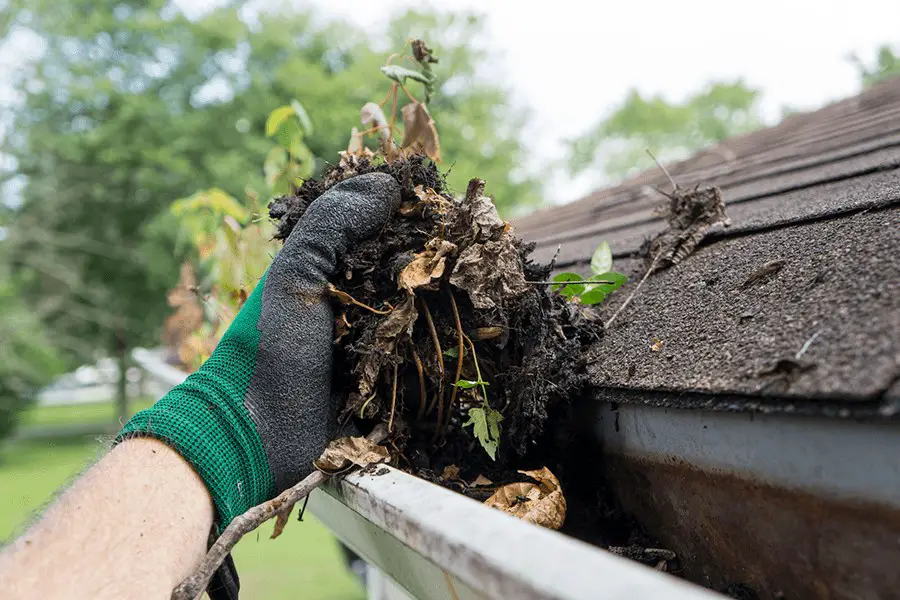
Seal up the garage
Once you’ve cleared out your gutters, make sure that your garage is properly sealed up. Sealing up your garage will always help protect your home from rodents and insects. First, check out your garage doors for any cracks or damages. You could replace the weatherstripping on the door if they are worn out.
If your garage is attached to the home, you may have already checked the exterior for any cracks or holes. If not, make sure to do so right now and seal up any potential entry points no matter the size!
Check the windows
One strategy that often gets overlooked is checking windows for potential damage or weak spots. Make sure to repair any holes in the window screens. Even if you plan on keeping your windows closed during the winter, screens can be an easy entry point for insects.
Take the time to inspect and repair any damaged insulation around your windows. Also, check that they are properly sealed. Doing so will also help prepare you for snow and rain since no one wants a leaky window!
Check the doors
We need doors, but they can be an easy entry point for pests. To keep pests out, check for any damage to your doors and any screening or insulation. You might consider applying a weatherstrip around the frame, or a door sweeper which not only keeps out cold drafts but also prevents insects or mice from slipping underneath.

Keep your plants trimmed
Lawn maintenance is a crucial aspect of preventing pest infestations year-round. However, it’s frequently overlooked due to busy schedules. Plant growth slows in the winter, so you’ll only have to check once at the beginning of the season to make sure you’re not unnecessarily providing shelter or access to pests.
Trim any bushes, weeds, and branches that grow close to your home to prevent easy access. Make sure to mow the grass and keep compost or mulch piles – where pests like to live – away from the house.
Properly store garbage and woodpiles
Before the snow comes, make sure any garbage is cleared away, as this is an excellent spot for insects and rodents to hideout through the winter. If you have them, keep woodpiles at a safe distance from your home. By storing your firewood at least 20 feet away from your home, you reduce the likelihood of insects causing damage to the exterior.
In order to prevent pests from breeding in your woodpiles, especially termites, there are a few other steps you can take. For example, raise the pile off the ground using bricks or pallets, and use old wood first. You can learn more about the types of pests that infest firewood here.
Pest-proofing the interior of your home
Just as it’s important to pest-proof the exterior of your home, you have to make the inside of your home unfriendly to pests so as to prevent a winter infestation. Below are some steps you can take to pest-proof the interior of your home.
Properly store food
All pests, insects, and rodents alike, need food to survive. Grains, flour, and other foods should always be stored in airtight containers off the floor. Keep your fruit and vegetables stored off the ground or ideally in your refrigerator.
Don’t let critters feel at ease in your house by leaving crumbs around! Always clear away leftovers and clean up crumbs off the floors, countertops, and table. Keep pests out by taking away the food source.

Take out the garbage
You’ll only be inviting pests if you don’t take out the trash on a regular basis. If you have one, make sure to keep the dumpster or trash bin away from your house, and always keep the trash covered.
Seal any pipe openings
Houses are full of different kinds of utility pipes. Unfortunately, the installation of pipes usually requires boring holes in the wall, and these gaps are not always sealed afterward.
Don’t let pests enter through these gaps, and make sure to seal them with caulk or pipe sealant. If you’re dealing with determined rodents, consider using copper mesh or steel wool in addition to the sealant to prevent them from simply gnawing a new hole.
Also, check where utility lines (such as water and sewage) come into contact with your home. Sometimes rodents can enter your home through these pipes, so double check that everything is properly sealed and inaccessible.
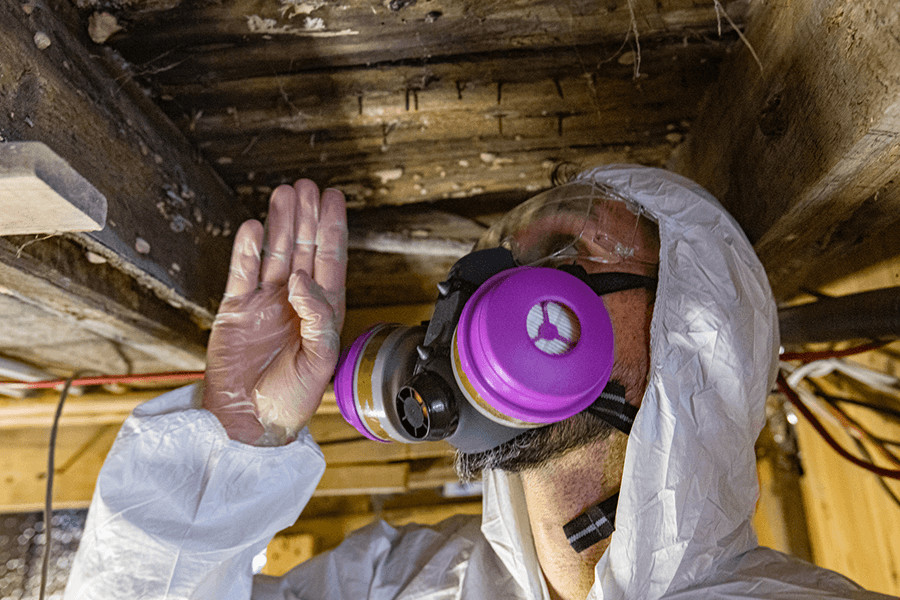
Inspect for moisture
In addition to food and shelter, pests need a source of water. Plus, a lot of pests (especially various insects) actually prefer moist environments. Hence it’s important to prevent the accumulation of moisture in your home to keep it pest-free.
Attics and basements tend to accumulate more moisture than any other part of the house. Ensure there’s no leaking pipes, and keep an eye out for any evidence of moisture in your homes, such as condensation or puddles. Even if there’s no visible leaks, you can reduce moisture by increasing ventilation or installing a dehumidifier.
Consider installing window screens
If you have a fireplace that you like to use during the winter, you should always crack a window for ventilation. Prevent pests from using this as an easy entry point by installing a 20-mesh or fine-mesh screen if you don’t have them already. There should also be no gaps between the screen frame and the window seal, as these are prime bug entry points.
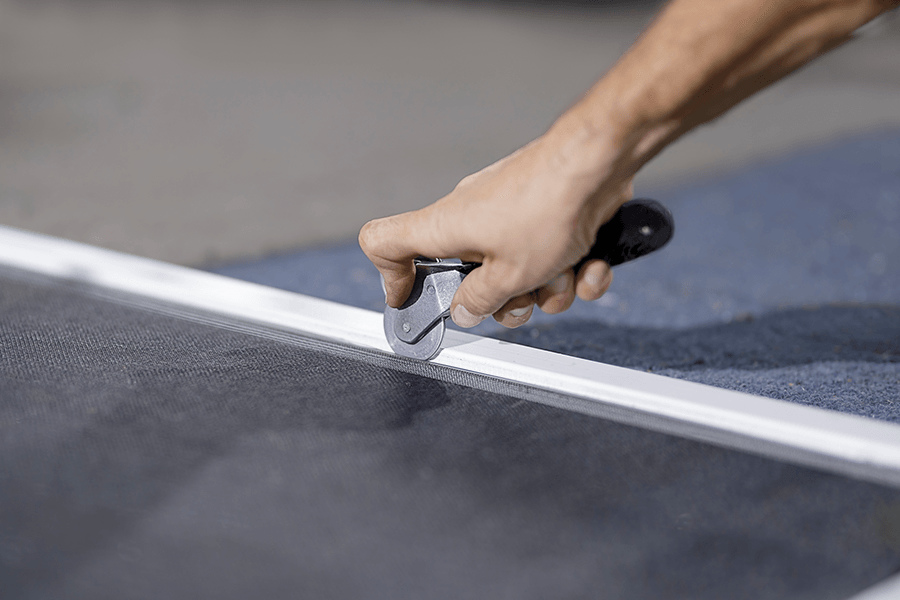
Be mindful of what you bring into your home
Pests can be carried inside without you knowing it! Before bringing anything into your home, double-check all boxes and bags, deliveries, and groceries.
Inspect anything that has been outside for an extended period of time. If you’re bringing in firewood, make sure to knock it a few times and brush off any evident bugs, spider webs, or cocoons.
Keep your home spotless
Bugs prefer dark environments and tend to live in places with a lot of hiding spots. A clean house often means a pest-free house because it has fewer places for pests to hide and it makes it more obvious when there is a problem.
It’s best to hang your clothes instead of leaving them on the bed or the floor. Sweep and vacuum the floors, carpets, and even crawl spaces regularly. Toss out anything that can be recycled, such as scrap wood, cardboard boxes, and old books and newspapers. It’s best to keep your house as clean and free of clutter as possible.
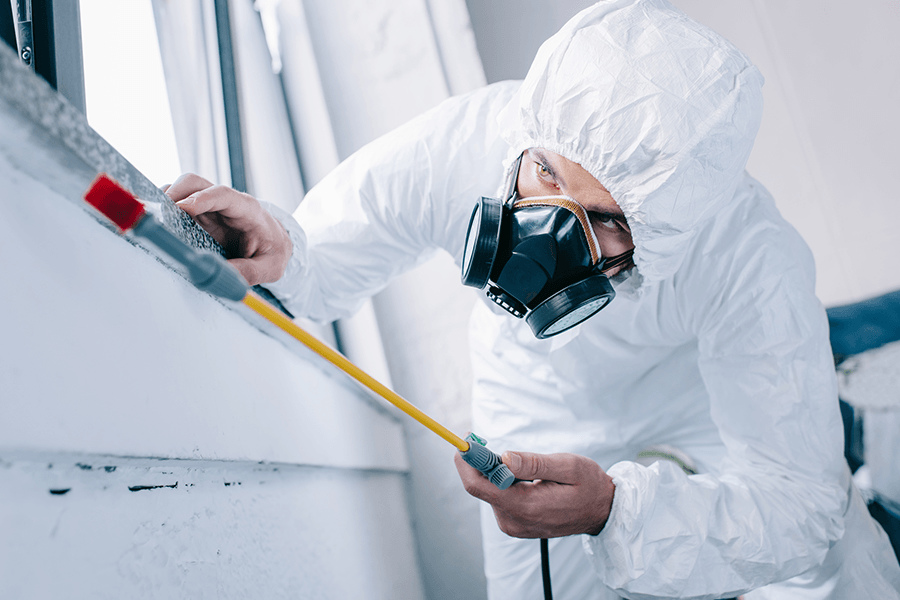
Is it still necessary to hire a pest control service in winter?
Many pests hide out in our homes during winter. This is why it may be quite difficult to notice them even though they might be causing a lot of damage. Hiring a pest control service would relieve you of all your pest control worries as they have all the tools to detect and control pests.
The cold weather has little effect on pests that have already established themselves in your home, and pest control professionals are well-versed in identifying creatures that may be hiding within your walls. However, a professional pest control service may not be entirely necessary if you can take the steps mentioned in this article.
If you discover that you have a serious infestation during winter do not hesitate to call in the professionals as the winter months are a perfect time for them to fully concentrate on the insides of your home. Nevertheless, you can prevent the need for an exterminator by pest-proofing your home before the onset of winter.
